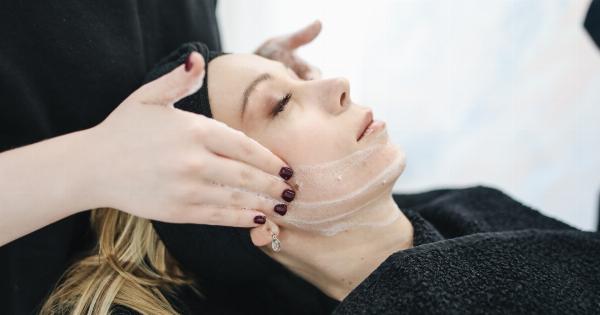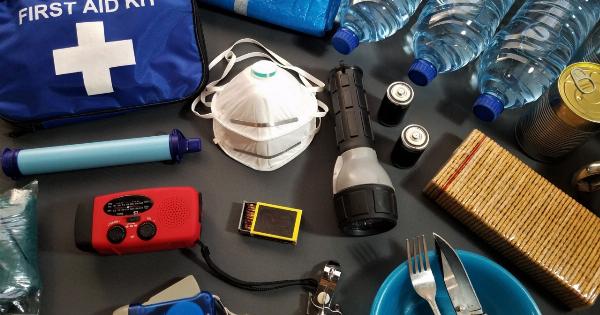Balance products, such as balance boards, balance disks, and balance balls, have gained popularity in recent years as tools for improving stability, posture, and overall body strength.
These products are commonly used for fitness training, rehabilitation, and even as office or home accessories. While many people find balance products beneficial for their health and well-being, there is a growing concern about their potential health risks.
The Benefits of Balance Products
Before delving into the potential risks, it’s important to acknowledge the numerous benefits that balance products offer. Using these products can help improve proprioception, which is your body’s ability to sense its position in space.
This improvement in proprioception can lead to better body awareness, coordination, and balance.
Balance products can also be effective tools for strengthening muscles, particularly those in the core, hips, and legs. They provide an unstable surface, forcing your muscles to work harder to maintain stability.
This increased muscle activation can contribute to better functional fitness and lower the risk of falls or injuries in daily life.
Many people also find balance products helpful for improving posture. By standing or sitting on an unstable surface, your body engages muscles to maintain an upright position, leading to improved alignment and reduced strain on the spine.
Overall, balance products can be highly beneficial for individuals looking to enhance their stability, strength, and body awareness.
Potential Health Risks
While balance products offer numerous advantages, it is important to consider potential risks as well.
1. Increased Risk of Falls and Injuries
Using balance products, especially in the beginning, can increase the risk of falls and injuries. The unstable surfaces require a certain level of coordination and strength to use safely.
If not used properly or with appropriate guidance, individuals may lose balance and fall, leading to sprains, strains, or more severe injuries.
2. Preexisting Musculoskeletal Conditions
Individuals with preexisting musculoskeletal conditions, such as arthritis, osteoporosis, or chronic pain, need to exercise caution when using balance products.
The increased workload on the muscles and joints can exacerbate existing conditions and cause discomfort or pain.
3. Incorrect Exercise Technique
Using balance products incorrectly or performing exercises with improper technique can also pose a risk to health. It is essential to receive proper instruction from a qualified professional to ensure safe and effective use of these products.
Without proper guidance, individuals may overstrain certain muscles or put unnecessary stress on joints, leading to injuries or imbalances in the body.
4. Overemphasis on Balance Training
Some individuals may become overly focused on balance training and neglect other important aspects of fitness, such as cardiovascular exercise, strength training, and flexibility.
While balance training is valuable, it should not be the sole focus of a well-rounded fitness routine. Neglecting other components of fitness can lead to imbalances in the body and limit overall physical development.
5. False Sense of Confidence
One potential risk of balance products is developing a false sense of confidence in one’s stability and balance abilities.
Performing exercises on a stationary balance board, for example, may not transfer effectively to real-life situations, where the surface is constantly changing and dynamic. Relying solely on balance products without engaging in functional movements can lead to a decrease in overall stability and performance outside the controlled environment.
6. Safety Issues with Poorly Designed Products
Not all balance products on the market are well-designed or manufactured with safety in mind. Poorly constructed balance boards, for instance, can tip over unexpectedly or have unstable surfaces, increasing the risk of falls and injuries.
It is crucial to choose balance products that are of good quality and from reputable brands to ensure safety during use.
7. Medical Considerations
Individuals with certain medical conditions should consult with a healthcare professional before incorporating balance products into their exercise routine.
Balance training may not be suitable for everyone, especially those with certain cardiovascular conditions, vertigo, or inner ear disorders. Professional evaluation and guidance can help determine the appropriateness of balance products for individual circumstances.
Mitigating the Risks
While there are potential risks associated with balance products, many can be mitigated with proper precautions and guidance. Here are some tips to minimize the potential health risks:.
1. Seek Professional Guidance
If you’re new to balance training or have any concerns about your physical condition, seek guidance from a qualified fitness professional or healthcare provider.
They can assess your abilities and provide appropriate exercises and modifications to meet your needs safely.
2. Choose Quality Products
Ensure you select balance products from reputable brands that meet safety standards. Look for products with stable bases, non-slip surfaces, and appropriate weight capacities for your body size and weight.
3. Start Slow and Progress Gradually
If you’re a beginner, start with basic exercises and gradually progress to more challenging ones.
Allow your body time to adapt to the demands of balance training and don’t overstrain yourself by attempting advanced exercises before you’re ready.
4. Use Safety Equipment
Consider using additional safety equipment, such as a spotter or a railing, when starting with balance products. Having support nearby can provide added stability and minimize the risk of falls or injuries.
5. Incorporate Balance Training into a Well-Rounded Fitness Routine
Balance training should be seen as a complementary component of a comprehensive fitness routine. Make sure to include cardiovascular exercise, strength training, and flexibility work to maintain a balanced and well-rounded approach to fitness.
Conclusion
Balance products can offer significant benefits in terms of stability, coordination, and strength. However, it is crucial to consider the potential health risks associated with their use.
By taking proper precautions, seeking guidance, and using these products in a balanced manner, individuals can minimize the risks and enjoy the benefits of incorporating balance training into their fitness routine.






























